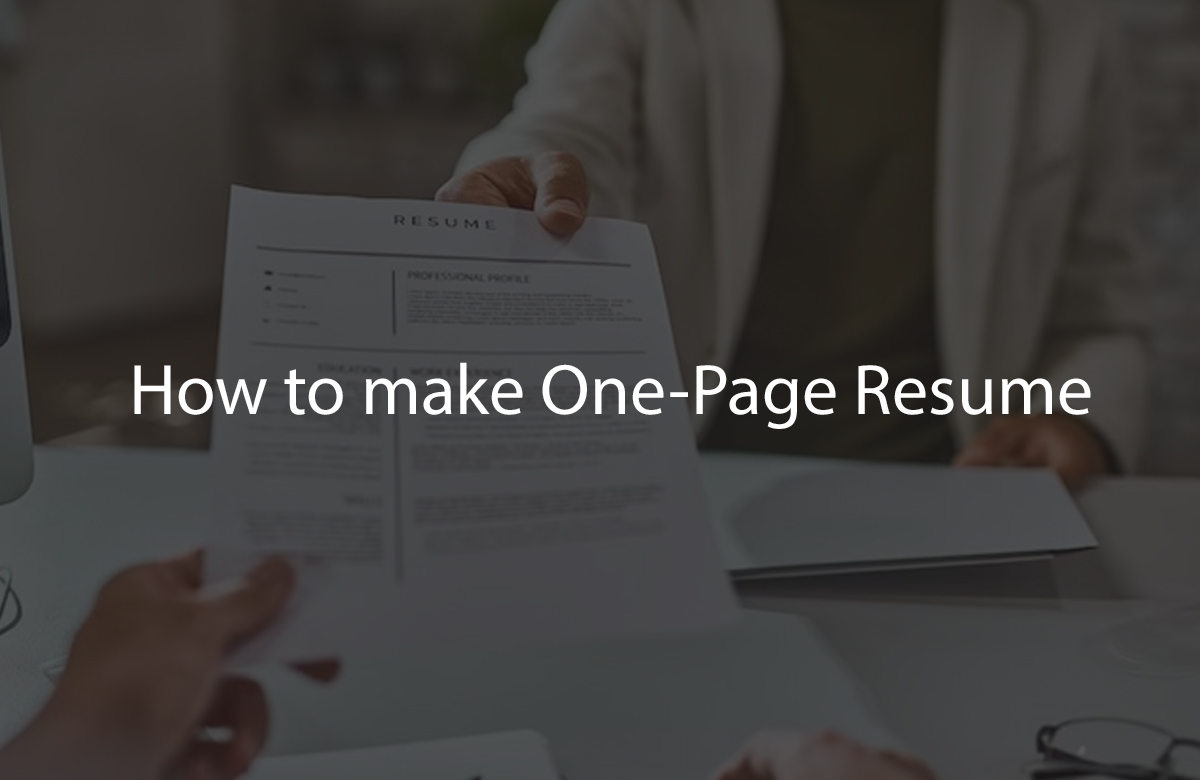
How to make One-Page Resume
Creating a one-page resume requires careful selection and organization of information to ensure it is concise, easy to read, and effectively highlights your qualifications and experiences. Here’s a step-by-step guide to help you make a one-page resume:
1. Choose a clear and concise format: Opt for a clean and professional layout that maximizes the use of space while maintaining readability. Use a standard font (e.g., Arial, Calibri, Times New Roman) and keep font size between 10 and 12 points to ensure clarity.
2. Prioritize relevant information: Focus on including only the most relevant details that directly support your candidacy for the position. This typically includes your contact information, a brief summary or objective statement, work experience, skills, and education.
3. Craft a compelling summary or objective statement: Begin your resume with a concise summary or objective statement that highlights your key qualifications, career goals, and what you can offer to the employer. Keep it brief, ideally 2-3 sentences.
4. Tailor your work experience: List your work experience in reverse chronological order, starting with your most recent position. Include the job title, company name, location, and dates of employment. For each position, focus on highlighting your achievements, responsibilities, and relevant skills. Use bullet points to keep descriptions concise and impactful.
5. Highlight key skills: Dedicate a section to showcase your key skills and competencies relevant to the job you’re applying for. Include both hard skills (e.g., technical skills, software proficiency) and soft skills (e.g., communication, teamwork) that are relevant to the position.
6. Summarize your education: Provide brief details about your education, including the degree(s) earned, institution name, location, and graduation year. If you have relevant coursework, honors, or extracurricular activities, you can include them briefly.
7. Use space-saving techniques: Utilize space-saving techniques such as adjusting margins, reducing spacing between sections, and using concise language to ensure all relevant information fits on one page. Avoid unnecessary details or fluff that may clutter your resume.
8. Review and edit: Once you’ve drafted your one-page resume, carefully review it for clarity, accuracy, and relevance. Edit out any redundant or irrelevant information, and ensure there are no typos or grammatical errors. Consider seeking feedback from trusted colleagues or mentors to improve the overall effectiveness of your resume.
By following these steps, you can create a concise and impactful one-page resume that effectively showcases your qualifications and experiences to potential employers.


